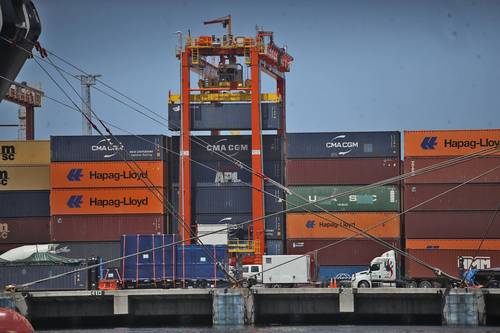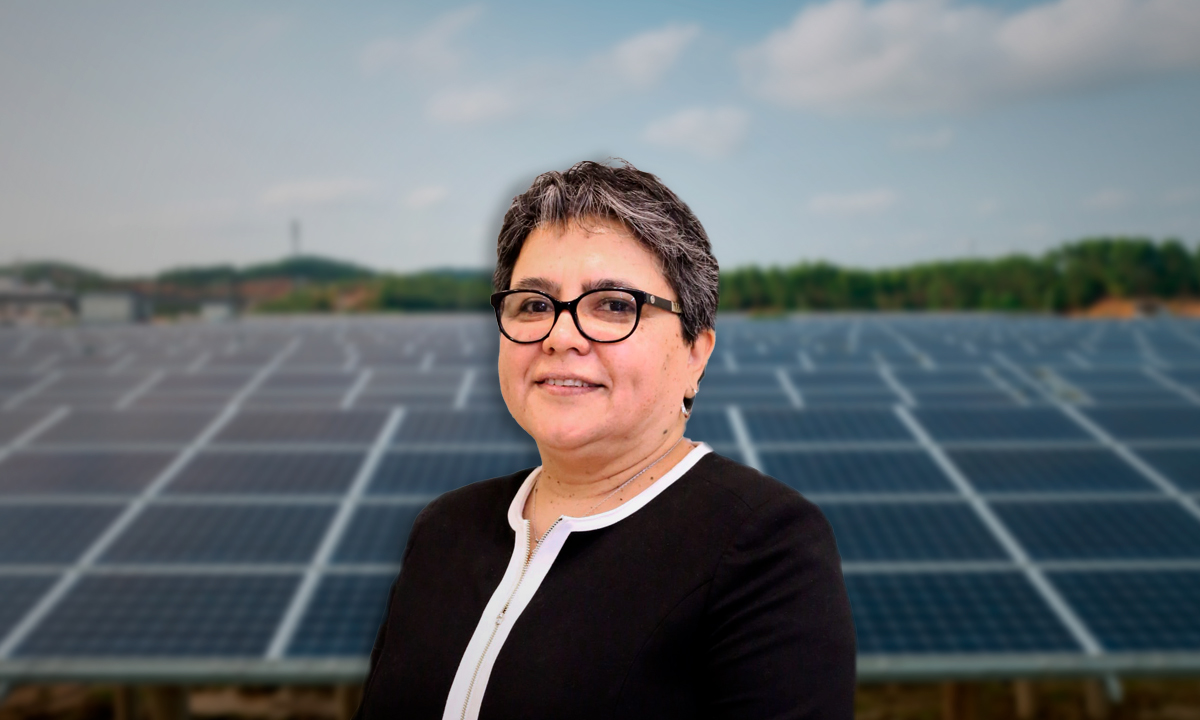The heartland of slow food coffee in Central America

It all began in Huehuetenango, our first visit to communities in the Guatemalan Highlands.
In 2002, I started Slow Food with the goal of creating a network of good, clean and fair coffee producers. Since then, we have followed these farmers’ organizations until a strong network of seven presidencies has been established: two in Central America (Huehuetenango in Guatemala and Camapara in Honduras) and five in Africa (Harenna in Ethiopia, Luwero and Monte Elgo in Uganda). . and the Ibo Islands in Mozambique and the sustainability of Sao Tome and Principe).
Building on the history of these communities and the work we do with them, we want to embark on a journey that will lead us to discover the biodiversity of coffee.
grow story: Slow Food Coffee AssociationFrom these partnerships, a comprehensive and collaborative network was launched that brought together all the actors in the supply chain. The invitation to participate is open to all, from signature show Describes the objectives of the network: environmental protection, food security, and protection of basic human rights. In the Slow Food Coffee Alliance statement, we suggest transparency and traceability so consumers know who and where their coffee has been produced.
Huehuetenango Highland Coffee – Guatemala
Jesuit priests brought coffee to Guatemala in 1773 and today the country produces the best coffee in the world. Fortaleza coffee is made from Coffea arabica (Typica, Bourbon and Caturra varieties) grown in the shade of tall trees. The coffee beans are hand-picked, picked one by one, and placed in a wicker basket tied to the waist of the filling by a vine. The beans are extracted from the berries by light fermentation, which begins within four hours of harvest and continues for 24 to 36 hours. After removing the pulp, the grains are dried for at least three hours, during which they are constantly dried manually.
Mountain Coffee Camabara – Honduras
It is not known exactly when coffee arrived in Honduras, but some seeds are believed to have arrived from Costa Rica among the goods imported by merchants who traveled between 1799 and 1804. Although coffee cultivation is very important to the national economy today, farmers in the small country cannot obtain Decent crop.
Today, the mountain is home to about 500 coffee growers, mostly small cooperatives, who traditionally grow Arabica plants of the Tibeca, Bourbon and Catura varieties in the shade of native trees at 1200-1600 meters above sea level. . They produce irrigated coffee with a strong aroma of peach and amaretto with fruits and chocolate.
If you want to actively participate in the future of coffee, consider joining Slow Food Coffee Association And support us in our quest for good, clean and fair coffee for everyone!
- Did you learn anything new on this page?
- But

“Award-winning zombie scholar. Music practitioner. Food expert. Troublemaker.”









